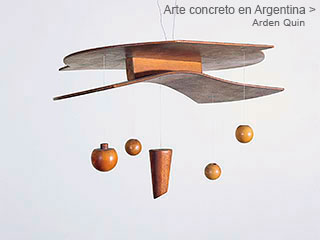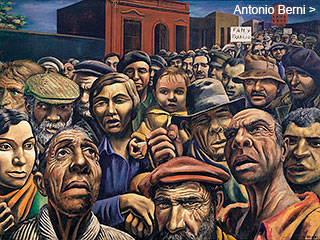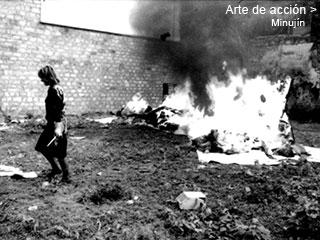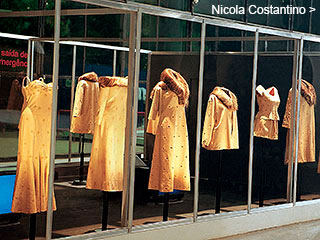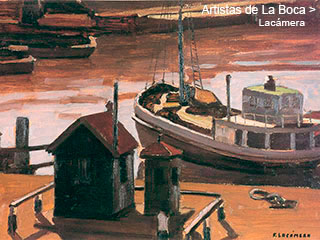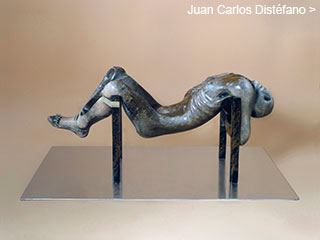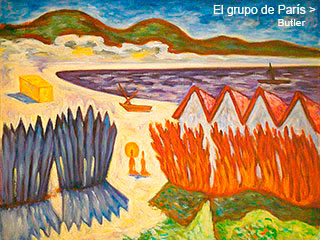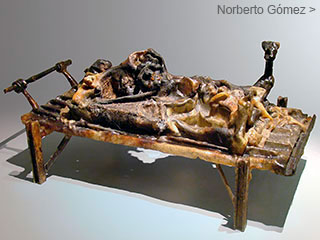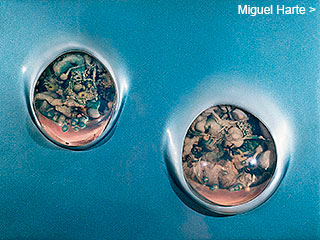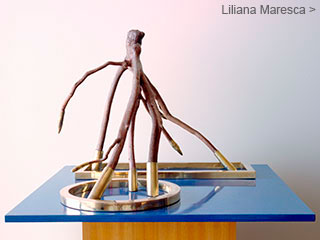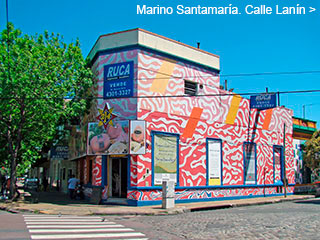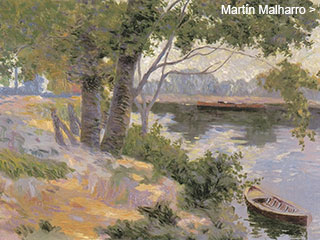Menú
Algunos dossiers
Informalism
in Argentina
in Argentina
by
Jorge López Anaya
August 2003
August 2003
Argentine Informalism incorporated processes which went against the “good taste” of the local practices. Based on the existential poetry of the time, through spontaneous gestures and the use of discarded material, it violated the limits of the traditional artistic genre and opened the road to the concept of the object, the installations and the art of action.
Greco
During this time Greco was already a legendary character. “What Greco stood for –wrote Noé– was the liberation of prejudices. For this reason his own victims –who joked about prejudice, especially within a social context– where those who flirted with him most. They saw him as a liberating angel from prejudices which in fact they themselves were attached to”. Greco wrote: “My work begins when the carnival ends. I call it carnival but it is not so: it is simply a necessity of the spirit, a spontaneous act, a zest for living”.
His disillusionment with the tendency that he had contributed to spread in Buenos Aires was evident. Greco would repeat: “When I arrived from Brazil, my dream was to build an Informalist movement: powerful, strong, aggressive and against the good manners and the formalities of the time. But the worse of Informalism took hold: the decorative concept, what was easy, that which cannot stand to be seen twice”.
He then returned to Paris. At the beginning of 1952 he took part in the Curatella Manes y 30 argentinos de la Nueva Generación (Curatella Manes and 30 Argentines of the New Generation), an exhibit organized by Germaine Derbecq at the Creuze-Messine Gallery. As it seems, during the inauguration –which was highly attended– Malraux and Le Corbusier assisted. Greco presented his first piece of “Live Art”: Treinta ratones de la nueva generación (Thirty mice of the new generation): a crystal vessel with a black bottom, where he had placed thirty white mice. The work only lasted a
more


